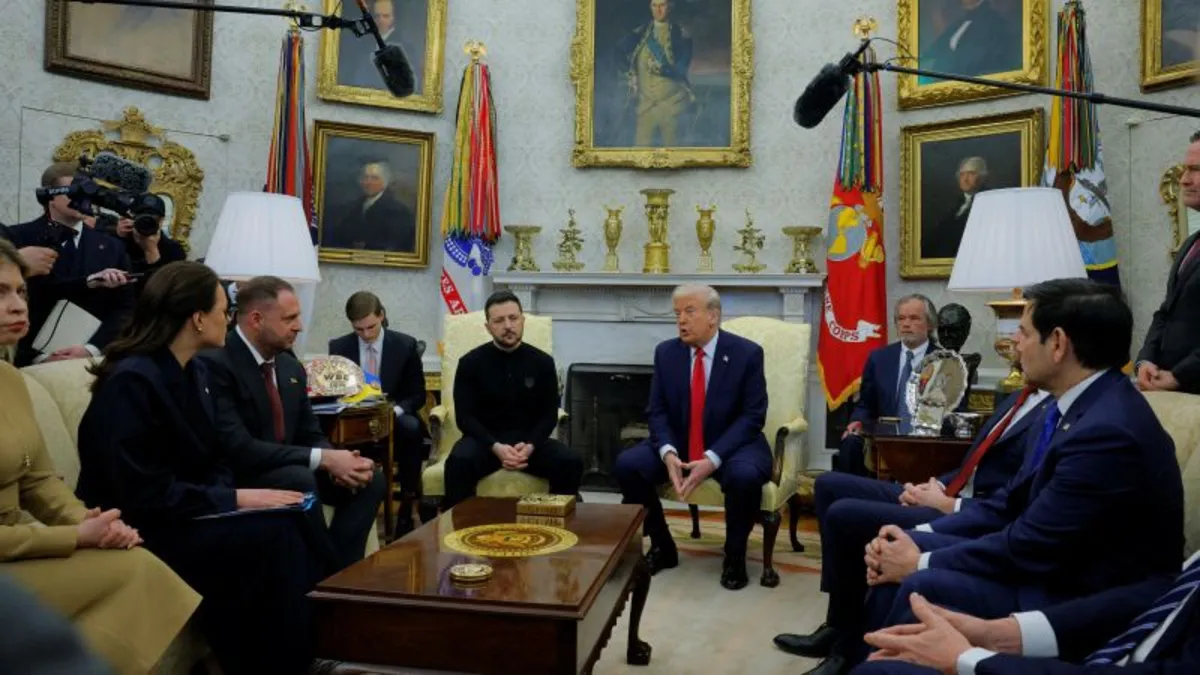
On Friday, a surprising incident occurred in the Oval Office when a member of Russia’s state-owned news agency, TASS, managed to gain access during a crucial meeting between President Trump and Ukrainian President Volodymyr Zelensky. This event took place despite the fact that major news outlets such as the Associated Press and Reuters were barred from attending the high-profile discussion. The White House later clarified that the journalist from TASS was not authorized to be part of the press pool, raising concerns about security protocols.
The meeting between Trump and Zelensky was a significant part of the U.S. efforts to address ongoing issues stemming from Russia’s war in Ukraine. The discussions were rumored to potentially yield a signed agreement, wherein the U.S. would gain access to Ukraine’s mineral resources in exchange for security guarantees. Despite the critical nature of the talks, the presence of a TASS correspondent, who was part of a select group of pool reporters, sparked controversy and confusion.
In response to the incident, a White House official stated that “TASS was not on the approved list of media for today’s pool.” As soon as the presence of the TASS staffer was noted, he was promptly escorted out by the Press Secretary. This incident underscores a significant breach of protocol, especially given the White House's recent decision to take control of the selection of pool reporters—a move that has been criticized as a departure from decades of established practices.
The White House, led by Press Secretary Karoline Leavitt, has promoted this new approach as a more democratic method of ensuring press access. Leavitt stated that the White House Correspondents’ Association (WHCA) “should no longer have a monopoly over the privilege of press access at the White House.” However, the inclusion of a Russian state media journalist, while simultaneously excluding major news organizations like the AP and Reuters, raises serious questions about the transparency and fairness of media access at such pivotal events.
This incident is particularly concerning in light of the recent bans imposed on the Associated Press and Reuters from covering significant White House events. The Associated Press, which is one of the world’s largest news outlets, has been barred from the Oval Office and Air Force One indefinitely due to its reporting style. This has led the AP to file a lawsuit against three Trump administration officials, although a federal judge has not yet mandated the restoration of the wire service’s access.
As the White House continues to navigate press access and transparency, the unintentional entry of a TASS correspondent into the Oval Office highlights potential security lapses and raises important questions about media relations. The ongoing situation between the U.S. and Russia, especially concerning Ukraine, necessitates clear communication and reliable reporting, making the integrity of press access more critical than ever.